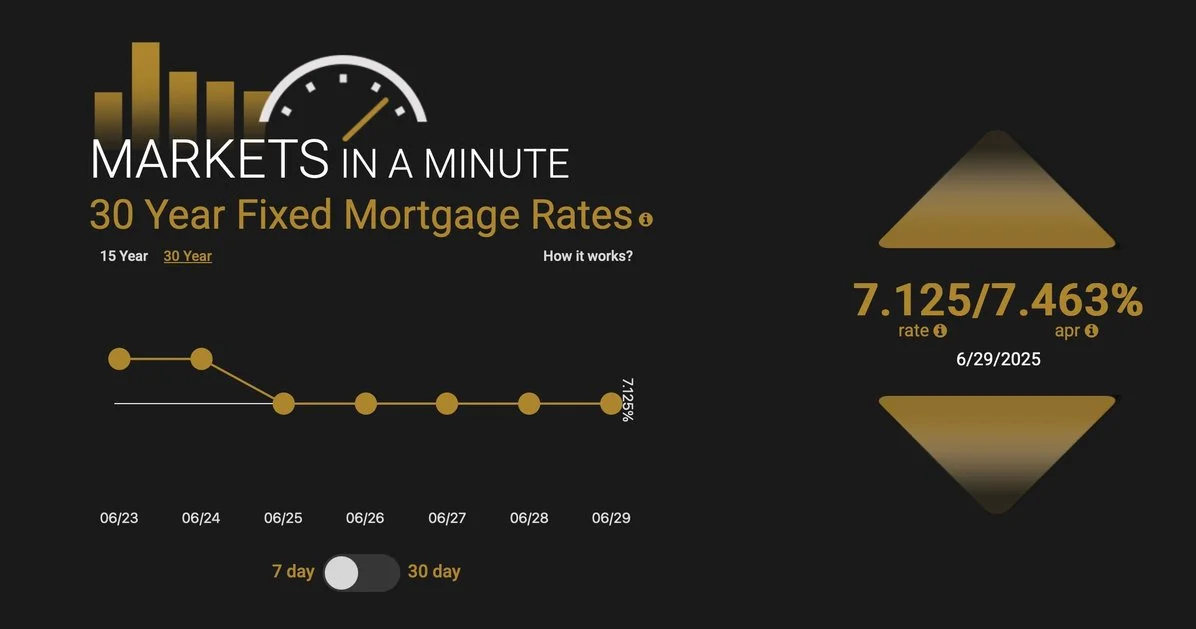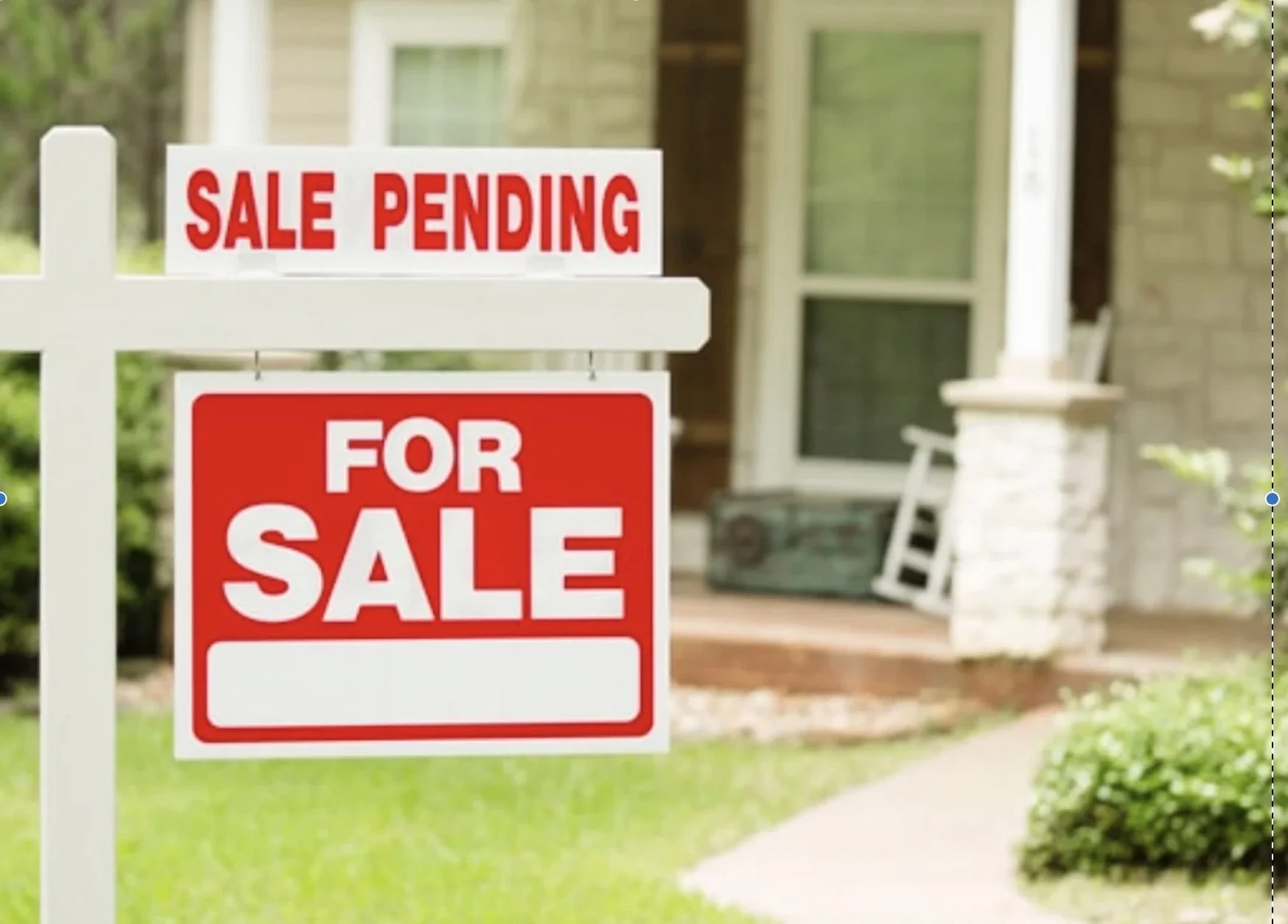A nine-hole golf course at the Westin Kierland Resort and Spa could be turned into a new luxury housing development under a plan submitted to the City of Phoenix.
The Mesquite Golf Club is one of three nine-hole courses on the property. While leaving two of the three courses intact, owner Host Hotels & Resorts, Inc. wants to convert Mesquite’s roughly 72 acres into a mixed housing development of multifamily/condos and traditional single-family homes under a Planned Unit Development called Copper Residences.
Along with the PUD rezoning, the owners are requesting a General Plan amendment from privately owned parks/open space to 10-15 units/acre attached residential and 3.5-5 and 5-10 units/acre traditional lot residential.
The plan calls for two development sections, with Development Unit 1 situated on 16.16 acres to the north of Greenway Parkway and Development Unit 2 on 55.64 acres to the south.
Specific users and site plans have not yet been established. The Copper Residences PUD will provide a framework for development within the area boundaries. Because Development Unit 1 is immediately adjacent to the resort, it is envisioned as a multifamily-style development, possibly with attached condominium units of up to four stories. Targeted densities will be between 10 and 15 units/acre. Pedestrian trails will be integrated on the west side of the property.
Development Unit 2 is a U-shaped parcel surrounded by office, multifamily and single-family residential uses. It is planned for two- and three-story attached or freestanding for-sale luxury homes. According to the submitted documents, “It is anticipated that casitas (stacked flat condominiums/townhomes) will be clustered adjacent to existing uses such as offices to the east and the shopping center to the west. A bungalow product type (attached or detached single-family home) is anticipated to be located centrally within DU2. While these product types are anticipated to be developed as envisioned, this PUD does not prescribe home products or locations, so as to provide flexibility for the development to adjust to market conditions, subject to the development and design standards.”
The west and south portions will be limited to maximum heights of 35 feet. Maximum height for the eastern portion will be 45 feet. DU2 will feature several amenity areas and a network of pedestrian trails.
No formal meetings have been scheduled with the City of Phoenix to discuss the proposals.
Speaking with a local news outlet about the plan, project representative Jason Morris of Withey Morris Baugh said the development will provide significant reductions in water use versus a golf course and provide much-needed housing in an area that already has all the necessary infrastructure in place.
The proposal is similar to Host’s development of residential at the Phoenician Resort on Camelback Road near the Phoenix-Scottsdale border. That project, currently listed in the DATABEX project database as under construction, is redeveloping golf course space into residential units while leaving 18 holes of golf in use.
Host Hotels & Resorts, Inc. (as Host Kierland LP) is the owner. Greey | Pickett is the design firm and landscape architect. WOODPATEL is the civil engineer, and the traffic engineer is CivTech. Project representation is by Withey Morris Baugh.
By BEX Staff November 14, 2025





